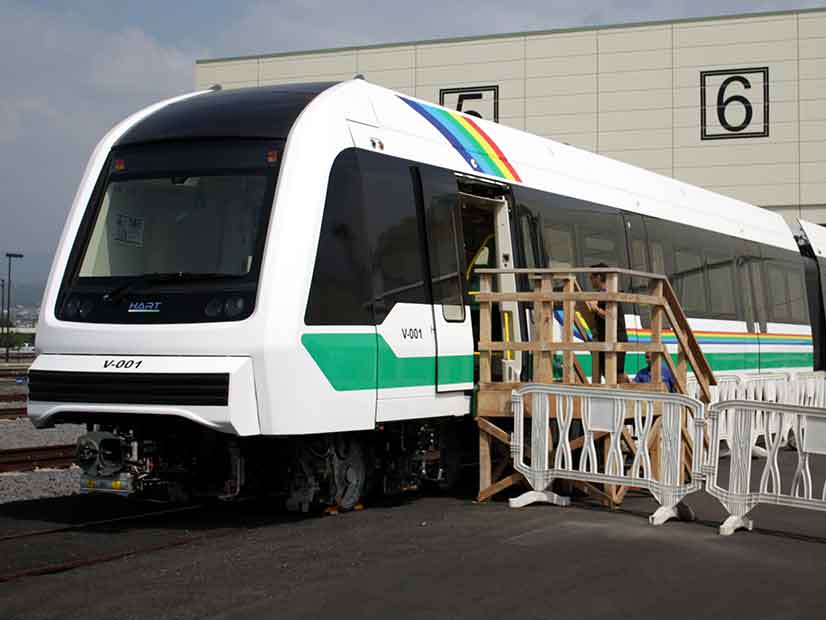Oahu’s latest Transportation Improvement Program (TIP) for 2022-2025 would allocate more than $2 billion for 73 projects, including rail and environmental measures.
Drafted by the Oahu Metropolitan Planning Organization (MPO), the TIP is awaiting final approval by the MPO’s policy board on July 27 before being sent for final approval to Gov. David Ige’s designee, Jade Butay, director of the state’s Department of Transportation.
Projects funded under the TIP must be consistent with the priorities set out in the Oahu Regional Transportation Plan and with the plan’s vision, which states that, “In 2045, Oahu’s path forward is multimodal and safe. All people on Oahu can reach their destinations through a variety of transportation choices, which are reliable, equitable, healthy, environmentally sustainable, and resilient in the face of climate change.”
Funds for the TIP would come from the Federal Highway Administration and the Federal Transit Administration. More than half of the $2 billion would go to the over-budget Honolulu Area Rapid Transit (HART) rail program, with the rest going to road maintenance, environmental mitigation, alternative transport, and transit system upgrades.
An estimated $70 million would go to the Statewide Shoreline Protection Program to “develop and construct shoreline protection measures to better protect roadways from flooding and erosion” on the island of Oahu.
Another $19 million would be used to realign a section of Kamehameha Highway on the North Shore of Oahu from its location alongside the shore to one that’s more inland. The section is in danger from shoreline erosion and is a notorious traffic choke point due to the abundance of tourists parking and crossing the street to Laniakea Beach, famous for its Hawaiian sea turtles who rest on the sand.
Eleven million dollars would go to phases 2 and 3 of the rehabilitation of native plant species in Halawa Valley, where the H-3 freeway was built. The project would “provide mitigation to help restore Halawa Valley to pre-H-3 conditions as much as reasonably possible.”
Several projects are aimed at improving alternative transit. About $3.5 million would go to the Oahu Bicycle Master Plan for “improvements, the development of new projects, and the upgrade of existing bicycle projects.”
About $3 million would go to the Transportation Alternative Program’s (TAP) Haleiwa Road Multi-Use Path Project, which would build a multi-use path along Haleiwa Road between Waialua Beach Road and Kamehameha Highway. TAP is a grant program providing funding for projects that provide transportation alternatives to driving one’s own vehicle, such as bicycle facilities and improved access to public transportation.
A similar program, the Transportation Alternatives Set-Aside Program (TA Set-Aside), would use about $47 million to build a pedestrian and bicycle bridge across the Ala Wai canal, which runs the length of Waikiki. TA Set-Aside would also get $43.3 million to build bicycle and pedestrian paths from Ewa Beach on the west of the island to downtown Honolulu.
The TIP also recommends funding for projects to improve Oahu’s freeways, such as $200 million for an upgraded freeway management system. The project consists of the installation of closed-circuit television cameras, vehicle detectors, cabinets and communication equipment on the Interstate H-1, H-2, and Moanalua Freeway. Minor interior modifications of the Interstate Route H-3 Control Center will also be done to accommodate system improvements.
In addition, $26.5 million would be used to bolster Oahu’s Freeway Service Patrol (FSP). The FSP provides free services to commuters such as towing, medical assistance, and debris removal.



